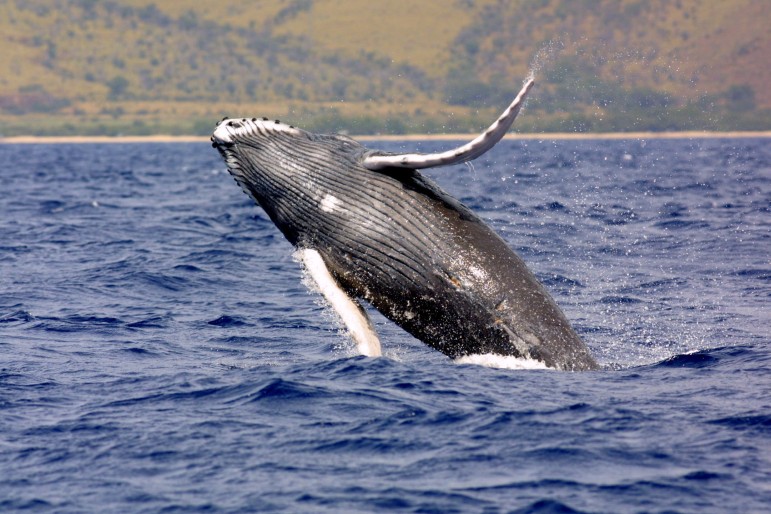
Whaling began in the early 17th century and right up until the mid-1950s, whales were hunted for their blubber and oil. Indeed, such was the ferocity and frequency of whaling in the 19th century, many whale species were almost wiped out. All that changed in the 1960s, when whaling was banned internationally, with the only people allowed to hunt whale being indigenous people who only took what they needed to survive.
Animal Preservation Success Story
Generally speaking, the “save the whale” campaign was one of the most successful in the field of species preservation, with almost all whale species enjoying a healthy growth in numbers, as they were no longer hunted by humans.
IUCN
The International Union for Conservation of Nature (IUCN) have listed whale species under the following categories:
- Critically Endangered – There is only one species on this list, the Antarctic Blue Whale and special efforts by several agencies are in place to help this species. It is believed that one reasons for such low numbers is a portion of the population made the switch to the northern hemisphere, which might not be an encouraging sign.
- Endangered – The Blue Whale is on the list, mainly due to the very low numbers of the Antarctic Blue Whale, while numbers of the northern species are steady at present. The North Pacific population of the Gray Whale is low, as is the North Pacific Right Whale, where numbers are not what we expected since the banning of whaling.
- Vulnerable – The Sperm and Fin Whales are at present vulnerable; that is to say numbers are lower than what could be called healthy. The Blue Whale also makes this list – one of the sub-species that inhabits the Atlantic – and scientists are currently concerned that breeding might be affected by climate change and water pollution.
- Lower Risk – Southern Right Whale, Blue Whale (North Pacific), Bowhead Whale and the Gray Whale. Most of the species in this list has come from being endangered, and generally speaking, experts are delighted with the results of whale conservation projects around the world.
- Least Concerned – Whales in this group are considered to be well on their way to a full recovery, when nature will continue to maintain a population balance. The Humpback is one of the big success stories, which is why there are so many to see when whale watching in Sydney. The Bowhead, the Gray and the Southern Bottlenose Whales are all in good numbers, yet they are all being closely monitored, especially around busy sea routes.
Whale Watching
Sydney is a great place to see many Humpbacks and Minke Whales, as they travel to and from Antarctica, the rich feeding grounds that sustain them, and if you are ever in the Sydney area, it is a great opportunity to book a trip on one of the leading whale watching boats. Remember to book early, as many people wish to experience being close up to these huge animals.
You could incorporate a day’s whale watching into next year’s vacation, and with online solutions, booking couldn’t be easier.

